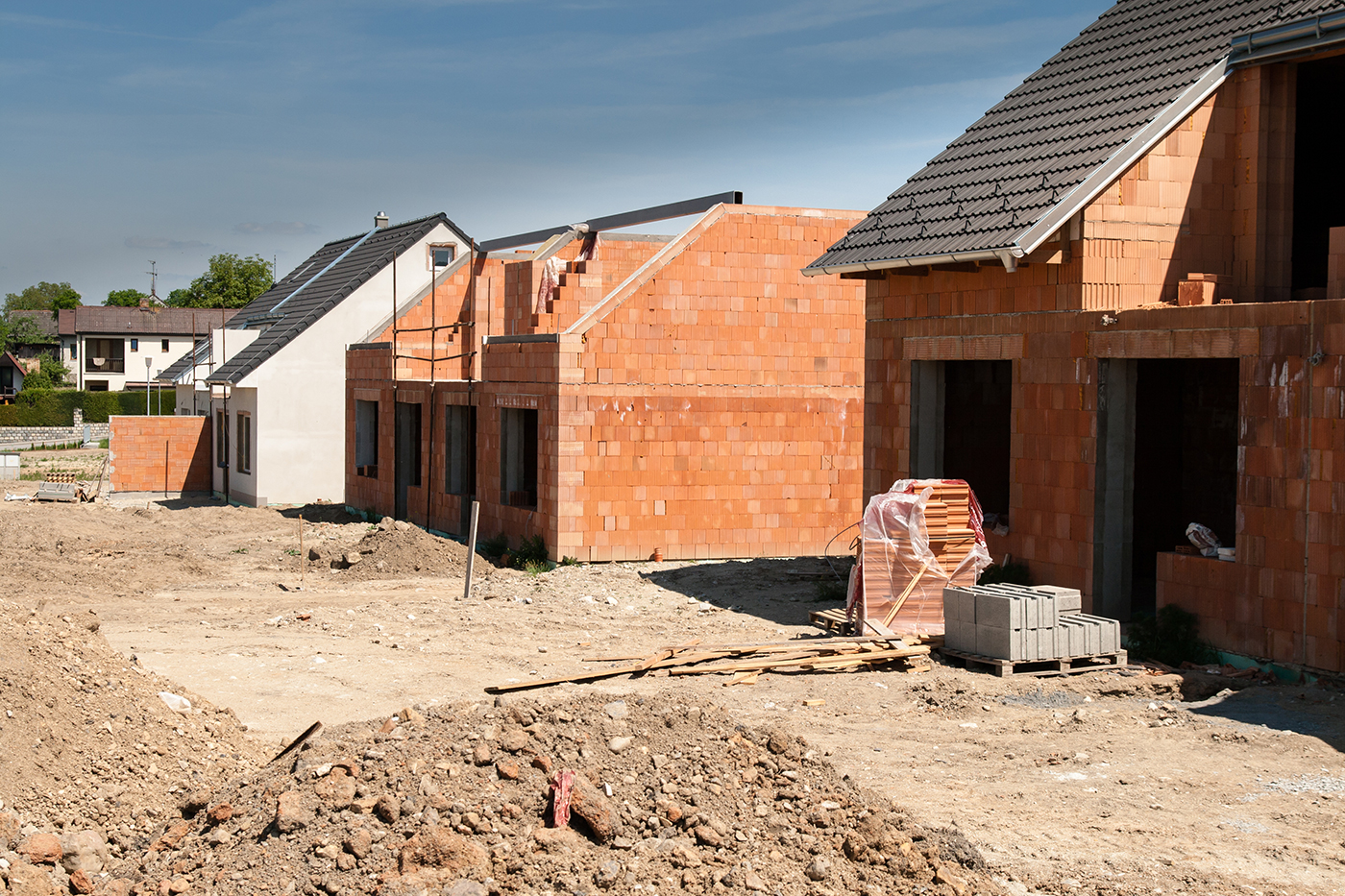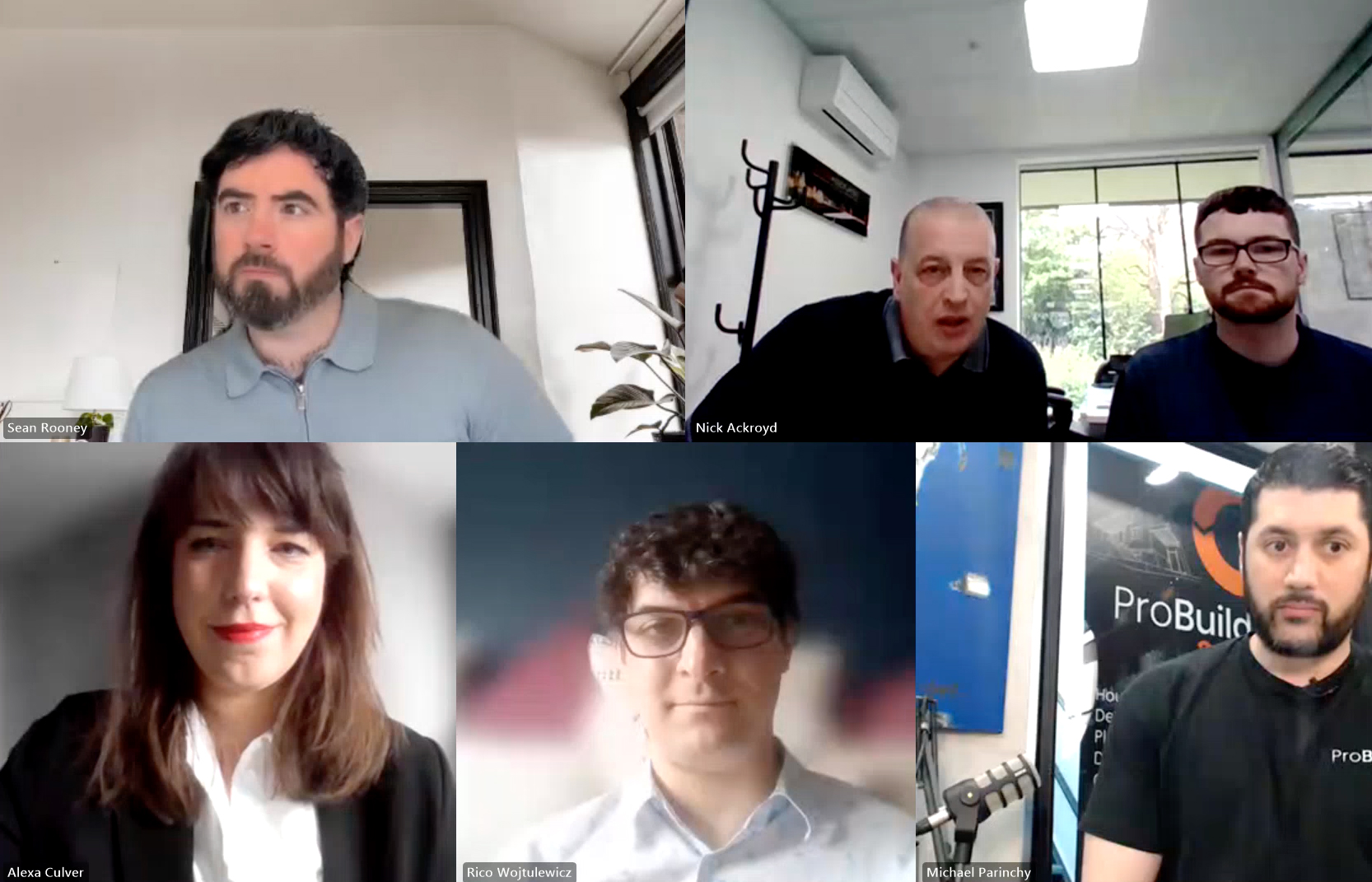BIODIVERSITY NET GAIN
HBF Webinar Illuminates BNG for SME Developers
Last week, Environment Bank partnered with the House Builders Association on their webinar to discuss the impact of BNG on small development, offering workable off-site solutions to ensure small projects remain viable.
Biodiversity net gain (BNG) policy came into effect for small development projects on Tuesday 2nd April 2024 and, since then, SME developers have voiced concerns about how they will deliver BNG.
Environment Bank’s General Counsel, Alexa Culver, and Principal Planner, Sean Rooney, were joined by Michael Parinchy and Rico Wojtulewicz from the House Builders Association – all of whom offered valuable insights into the issues facing small developers.
Michael outlined the potential strain BNG is placing on smaller housebuilders and pointed out how organisations like Environment Bank are working to reduce the financial burden of BNG.
"We have great concerns and frustrations. [...] Our commercial viability for developments has been suffocated to a great degree by various policies that have been added.
“The lovely people from Environment Bank are here to put a friendly face to [BNG] and explain to us how we can advocate for ourselves and how they can advocate for our development and hopefully mitigate the impact that this has on our activities and minimise the chunk that BNG will take out of our profitability.
“I don't think people realise how important this is that the private entities like Environment Bank [exist], how we should be engaging like we are right now as much as possible, talking as an industry as much as possible, and sharing the experiences that we're having as much as possible.”
Rico discussed the under resourcing of local planning authorities (LPAs) and suggested that within the current system, off-site solutions with a clean break for the developer can really help to alleviate a lot of issues.
“Local authorities don't have a clue [about BNG], which means that they are just passing it on to others and making it harder for smaller builders, especially on the ecology side.
“Some local authorities are trying to have higher biodiversity net gain without considering what that means for the commercial industry. [...] Some local authorities are forcing resubmissions of planning applications, which is damn costly, and the government really doesn't understand it.”
“Our major concern is that it's a habitat metric and I think that people like Environment Bank can help mitigate some of those issues. [...] They're a bit of a rarity, Environment Bank, because actually we're seeing a lot of price gouging, especially locally, because there are so few people delivering.”
“You really need to understand the off-site process because that is where biodiversity is really going to feature. [...] On the smaller sites, people will want to ensure that they can have a mix [of off-site and on-site BNG] and putting that mix into your legal agreement with the local authority can be very complicated. [...] So that's where the clean break comes in. [...] That clean break is going to make life a lot easier.”
Alexa discussed the issues Environment Bank and its planning team have encountered so far for smaller housebuilders tackling BNG.
“We've got risks of merged and clashing responsibilities. We've got certain landowners [that] are not giving their developers a clean break; they're expecting developers to be responsible for the good delivery of the gains on their land and it's almost like their land is a donor site for the developer to do its own thing with the biodiversity.
“Developers are getting rightly confused because they go to different providers and different landowners and the legal balance of risk is all different in every scenario.”
She then explored how Environment Bank is actively working to find solutions that can really support SME housebuilders with BNG.
“Our whole business only works if we are creating a product that SMEs want to buy, that is affordable, and doesn't destroy the viability of their schemes. What we're trying to create [...] is what we call a kind of off-the-shelf clean break.
“You can proceed with your development without saddling your scheme with odd little pepper-potted bits of biodiversity that have got to be maintained for 30 years. [...] Instead, you contribute to a big landscape-scale nature recovery project.
“[We] have been doing this now for the last two years, advocating for the SMEs that we're working with to help defend them against arbitrary and varying LPA approaches that we have been encountering across the country.
“Because we're getting that national picture, we're able to really support SMEs in demonstrating to the local planning authorities that this is an absolutely top-notch solution.”
She also discussed how Environment Bank fit into the planning process to provide the support that SME housebuilders might be needing from the very beginning.
“Everything is about getting you planning [permission]. Everything is about being available to you at the design stage, helping you understand what your baseline is, advising on what Biodiversity Units you would need, [and] what the cost would be. Helping you to assess how much might you want to put on-site, how much you might want to put off-site, [and] how the mitigation hierarchy [applies] to what you're doing.”

Alexa then shared how we have specifically tailored our off-site Biodiversity Unit solution to make it effective for smaller developers, particularly ones who need fractional Units.
“Our Units are deliberately created in advance so that they're available off the shelf. [...] You can buy the tiniest fractions of Units too.
“One developer we worked with was literally just extending a pub and was clearly, obviously, and rightly really frustrated. He needed to buy something like 0.002 Units of scrub. And the good thing was we could deliver that as a simple, straightforward, inexpensive purchase that delivered those gains. He didn't need to try and do it on-site.
“We are staffed to the hilt with ecological, legal, and planning experts, literally to smooth that process through planning for you. And none of it is at any extra cost. It is all bound up in the cost of a Biodiversity Unit.
“Lots of local planning authorities are asking for bonds to cover the full 30-year management of these things too. Now we're geared up to deliver that. [...] Again, trying to deploy economies of scale to reduce costs and to address LPA risks.
“We want to be part of the strategic decision-making process for the developers that we're working with. They'll be getting board approval to go for something possibly five years before they are anywhere near getting an application in. And we have to be part of that strategic solution. [...] We have to accommodate these full range of timescales.”
Her advice to small housebuilders was to engage as early as possible in the planning process with an organisation that is set up to give SMEs the appropriate levels of support.
“Do try to make sure that you're dealing with someone who can deliver micro-Units or fractional Units. Because again, not every landowner is geared up for that. And we think that that's a bit of a blind spot having only necessarily geared up to support huge schemes that need huge requirements. We've deliberately avoided that pitfall.
“Make sure that you know you're going to be supported and that the person you're dealing with has got the resource and capacity to attend those LPA meetings, to contribute to your biodiversity gain plan, to provide whatever random and abstract documents the LPA might happen to ask us for, which is sometimes pretty unpredictable.
“You want to know that there is a service that is wrapped around those Biodiversity Units beyond just the Units, beyond just the land."
Finally, she encouraged SME housebuilders to reach out to Environment Bank for support.
“There is no question too small. We live and breathe this policy.
"We're, we're here to try and find a solution that works.”
The webinar recording is now available to view on demand.
Find out the cost and availability of Biodiversity Units for your development


